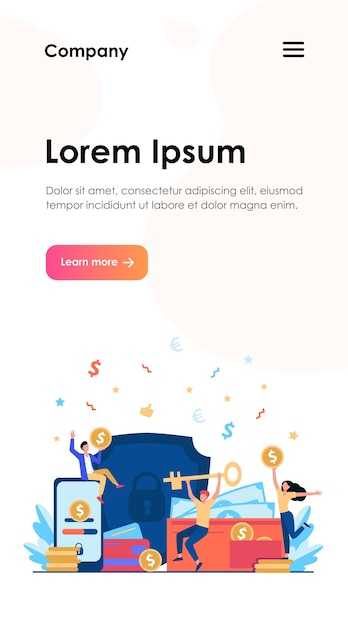Navigating Biden’s Latest Student Loan Forgiveness: Four Essential Steps to Ensure Eligibility

A few days ago, the Biden administration announced that starting next month, the Education Department will expedite student loan forgiveness for those who qualify under the Saving on a Valuable Education (SAVE) plan, an income-driven repayment (IDR) plan. Originally set to begin in summer 2024, the forgiveness will now start sooner for many borrowers.
The department will begin offering forgiveness after as few as 10 years of payments for borrowers on the new SAVE Plan, specifically for those who initially borrowed $12,000 or less for college. The Biden administration has promoted this plan as “the most affordable repayment plan ever created,” according to CNBC.
In February, the department will notify borrowers on the SAVE plan who are eligible for forgiveness that their loans will be discharged automatically, requiring no action from the borrower. Additionally, they will email borrowers not on SAVE who can receive forgiveness immediately upon enrolling in the plan.
U.S. Secretary of Education Miguel Cardona stated that delivering this relief ahead of schedule demonstrates the administration’s commitment to providing relief to as many borrowers as quickly as possible. He encouraged borrowers to check out the SAVE plan to see if they qualify for earlier debt relief.
### How To Qualify For Forgiveness Under the SAVE Plan
If you’re already enrolled in the SAVE plan, no further action is needed. If you qualify, the forgiveness will be automatic. Here are some key points about the SAVE plan:
– The SAVE plan reduces monthly federal student loan payments for undergraduate borrowers from 10% of discretionary income to 5%.
– Single borrowers earning less than $32,800 per year or those in a family of four making less than $67,500 have a $0 monthly payment.
– A borrower’s balance will not grow due to unpaid interest as long as they make their monthly payments.
– The timeline for forgiveness for those with small balances is shortened from the usual 20 or 25 years.
If you borrowed $12,000 or less in federal student loans during your undergraduate or graduate studies, any remaining debt will be erased after just a decade. However, the payment term required for forgiveness increases by one year for each additional $1,000 borrowed above $12,000.
### Additional Steps To Take To Qualify For SAVE Student Loan Forgiveness
For many borrowers, this forgiveness will be automatic. For others, further action is needed. Here are additional steps to ensure you receive forgiveness under the SAVE plan if you qualify:
– **Enroll in the SAVE Plan**: If you aren’t already enrolled, you need to sign up for the SAVE plan to be eligible for this type of student loan forgiveness.
– **Identify Your Student Loans**: Check what type of student loans you have. Generally, only Direct loans qualify for the SAVE plan, including Direct unsubsidized, Direct subsidized, and Direct PLUS loans.
– **Consolidate Your Loans**: If your student loans don’t qualify for forgiveness under the SAVE plan, you may be able to consolidate them into a Direct loan to qualify. After consolidation, you can enroll in the SAVE plan.
– **Enroll in the Fresh Start Program**: If you have defaulted federal student loans, the Education Department’s Fresh Start Program allows you to bring your loans back to “in repayment” status. Defaulted loans are not eligible for the SAVE plan, so this step is crucial.
Additionally, explore other student loan forgiveness options you may already be eligible for. For example, if you work full-time for the government or a qualifying non-profit organization, you may qualify for the Public Student Loan Forgiveness (PSLF) Program, which offers forgiveness of your remaining balance after making the equivalent of 10 years (or 120 payments).
If you think you might qualify for any type of forgiveness under any plan or program, be sure to research and take action. You could reduce your monthly payments or eliminate your student loan debt altogether.